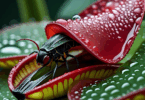Nature is full of surprises, and some of its most fascinating tricks involve plants and fungi pretending to be dead animals. This unusual survival strategy helps them attract pollinators or ward off predators. Let’s dive into the details of how these organisms pull off such a unique adaptation.
Why Mimic a Dead Animal?
This odd behavior serves specific purposes for plants and fungi:
Attracting Pollinators: Certain species give off smells or appearances resembling rotting flesh. This attracts insects, like flies and beetles, that are drawn to carrion, unknowingly aiding in pollination or spore dispersal.
Avoiding Predators: By mimicking death or decay, they discourage herbivores or other animals from eating them.
Examples of Deceptive Plants and Fungi
Corpse Flower (Amorphophallus titanum)
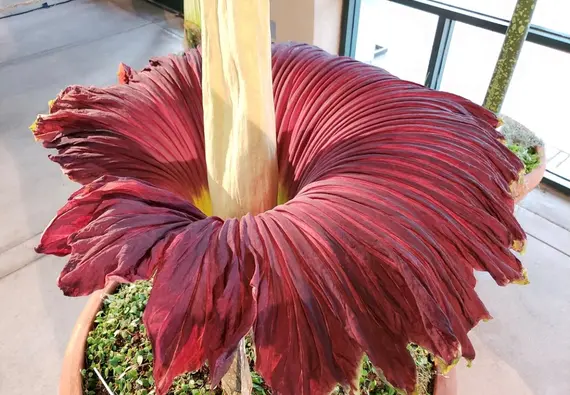
This enormous flower releases a powerful stench of rotting meat to attract carrion-feeding insects. Its odor and dark color mimic decaying flesh, ensuring its pollination process succeeds.
Stinkhorn Fungi (Phallaceae Family)

Stinkhorn fungi produce a sticky, foul-smelling substance that smells like decomposing organic matter. The smell lures flies, which help spread the fungal spores to new locations.
Rafflesia (Rafflesia arnoldii)
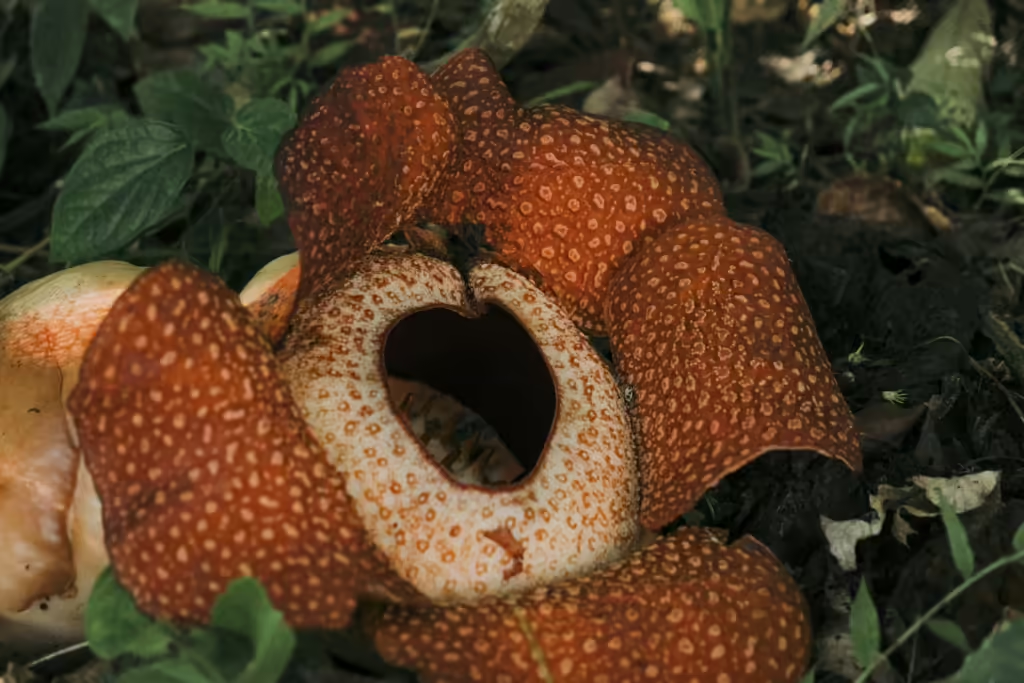
Known as the “corpse lily,” this plant produces large, fleshy flowers that look and smell like decaying meat. Flies visit, mistaking it for food, and end up helping with pollination.
Dead Horse Arum Lily (Helicodiceros muscivorus)
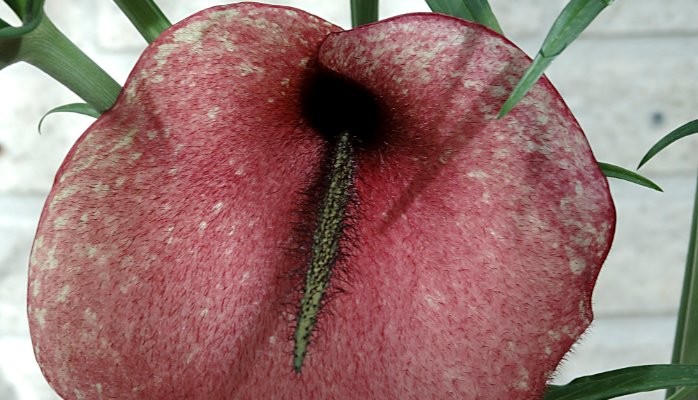
Native to the Mediterranean, this plant not only emits a strong smell of decay but also heats up to intensify the scent. This draws in pollinators like carrion-feeding beetles.
Carrion Cactus (Stapelia)
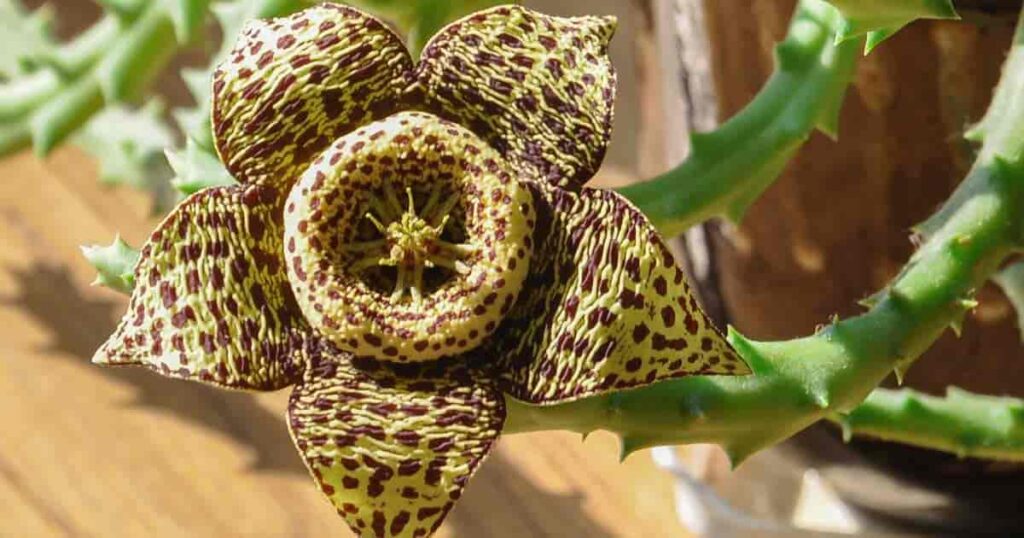
Despite being a succulent, the carrion cactus has star-shaped flowers that look and smell like rotting meat. Flies, attracted by the deception, assist with its pollination.
How Do They Do It?
These plants and fungi create volatile organic compounds (VOCs) that chemically mimic the odors of decaying organic matter. Some even produce colors or textures resembling rotting flesh. By fooling insects into thinking they’ve found food or a breeding ground, these organisms ensure their survival and reproduction.







